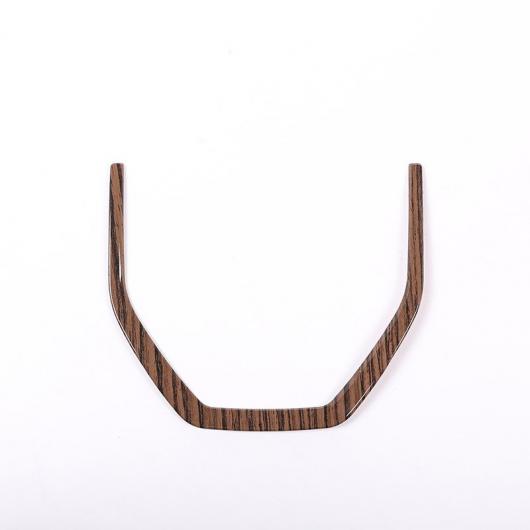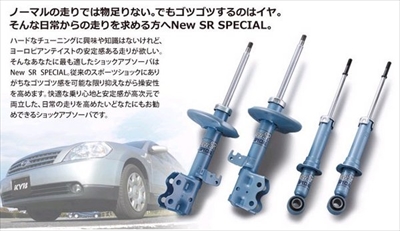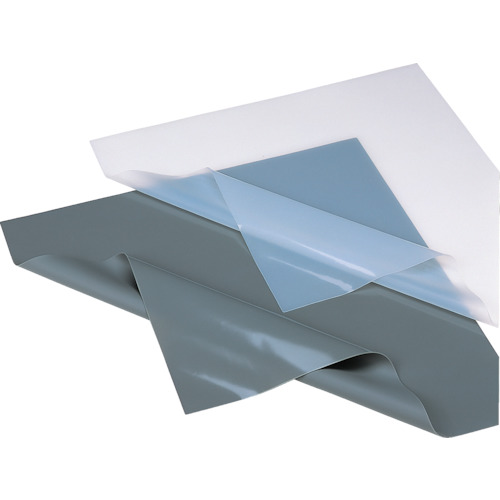
商品の説明
【セール開催中!】 フィット ハイブリッド H25.09~H29.06 GP5/GP6 エンジンスターター セット 車種別 TE-W5200 + TE114 + TE443 カーメイト:カー用品のホットロードタイヤ リモコンエンジンスターター
■適合車種:ホンダ フィット
・タイプ:ハイブリッド
・年式:H25.09~H29.06
・型式:GP5/GP6
・グレード等:セキュリティアラーム無し車(全車スマートキーシステム&パワースイッチ・イモビライザー装着車)■セット商品構成
・エンジンスターター:TE-W5200
・車種別ハーネス:TE114
・イモビライザー対応アダプター:TE443
・その他アダプター:
・ドアロックアダプター:
・ドアロックアダプター配線場所:-
・フットブレーキ配線:不要
・始動判断配線:-
・エンジンルーム内作業:-
・取付に必要なキー:不要
※必ず商品ページ内の備考をご覧ください。※
作成時点から更新の可能性があるため、ご購入前に必ずカーメイトの適合表をご確認ください。
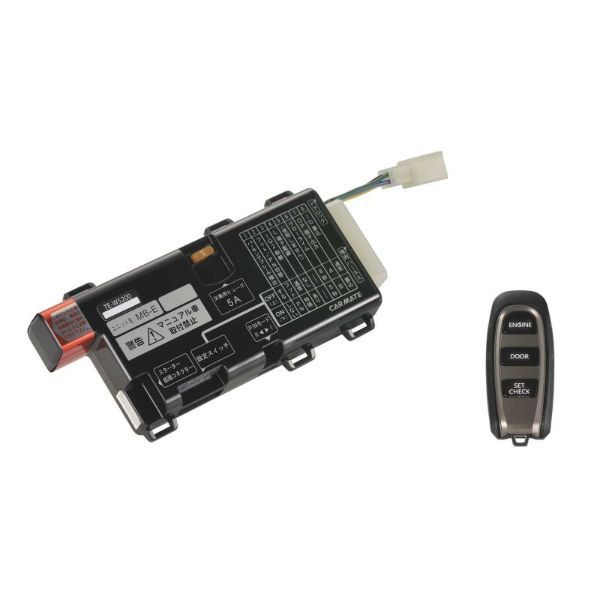






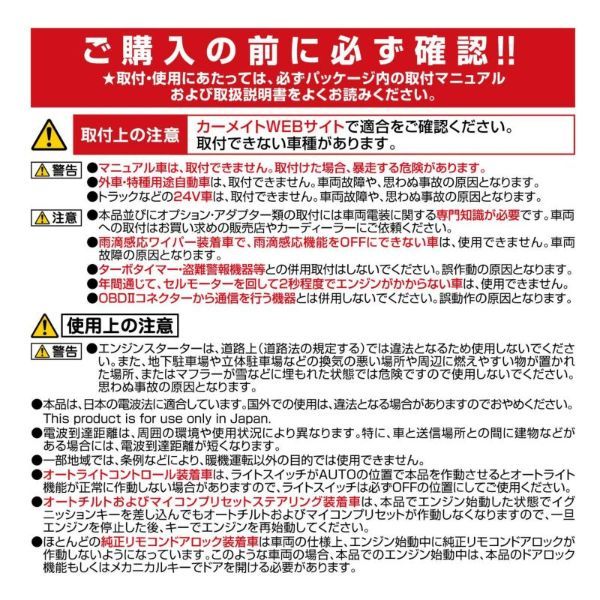
8 分钟前
2024最新製品 フィット ハイブリッド H25.09~H29.06 GP5/GP6 エンジンスターター セット 車種別 TE-W5200 + TE114 + TE443 カーメイト:カー用品のホットロードタイヤ
(税込) 送料込み
商品の情報
- カテゴリー バイク リモコンエンジンスターター
- 商品の状態目立った傷や汚れなし
- 配送料の負担送料込み(出品者負担)
- 配送の方法らくらくメルカリ便 匿名配送
- 発送元の地域東京都
- 発送までの日数2~3日で発送
出品者

5
本人確認済
コメント (66)
フィット ハイブリッド H25.09~H29.06 GP5/GP6 エンジンスターター セット 車種別 TE-W5200 + TE114 + TE443 カーメイト:カー用品のホットロードタイヤ
-
 ola*****
ola***** -
フィット ハイブリッド H25.09~H29.06 GP5/GP6 エンジンスターター セット 車種別 TE-W5200 + TE114 + TE443 カーメイト:カー用品のホットロードタイヤ



